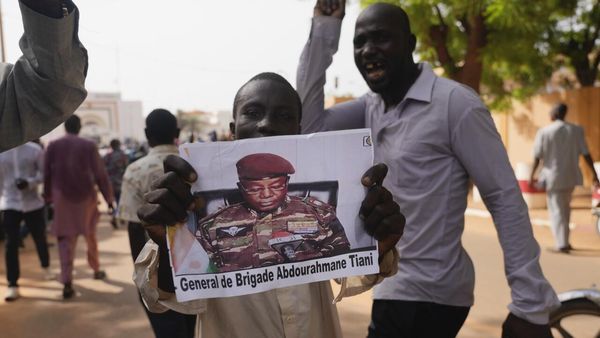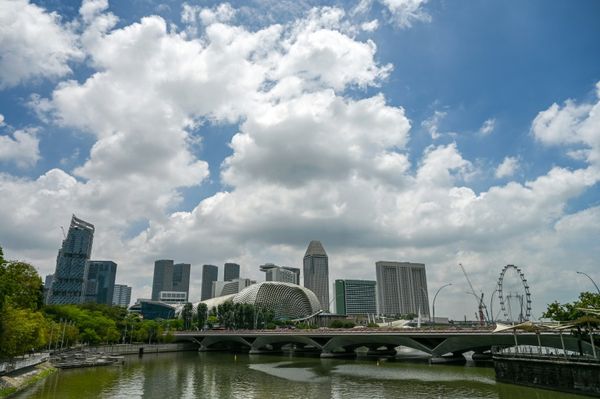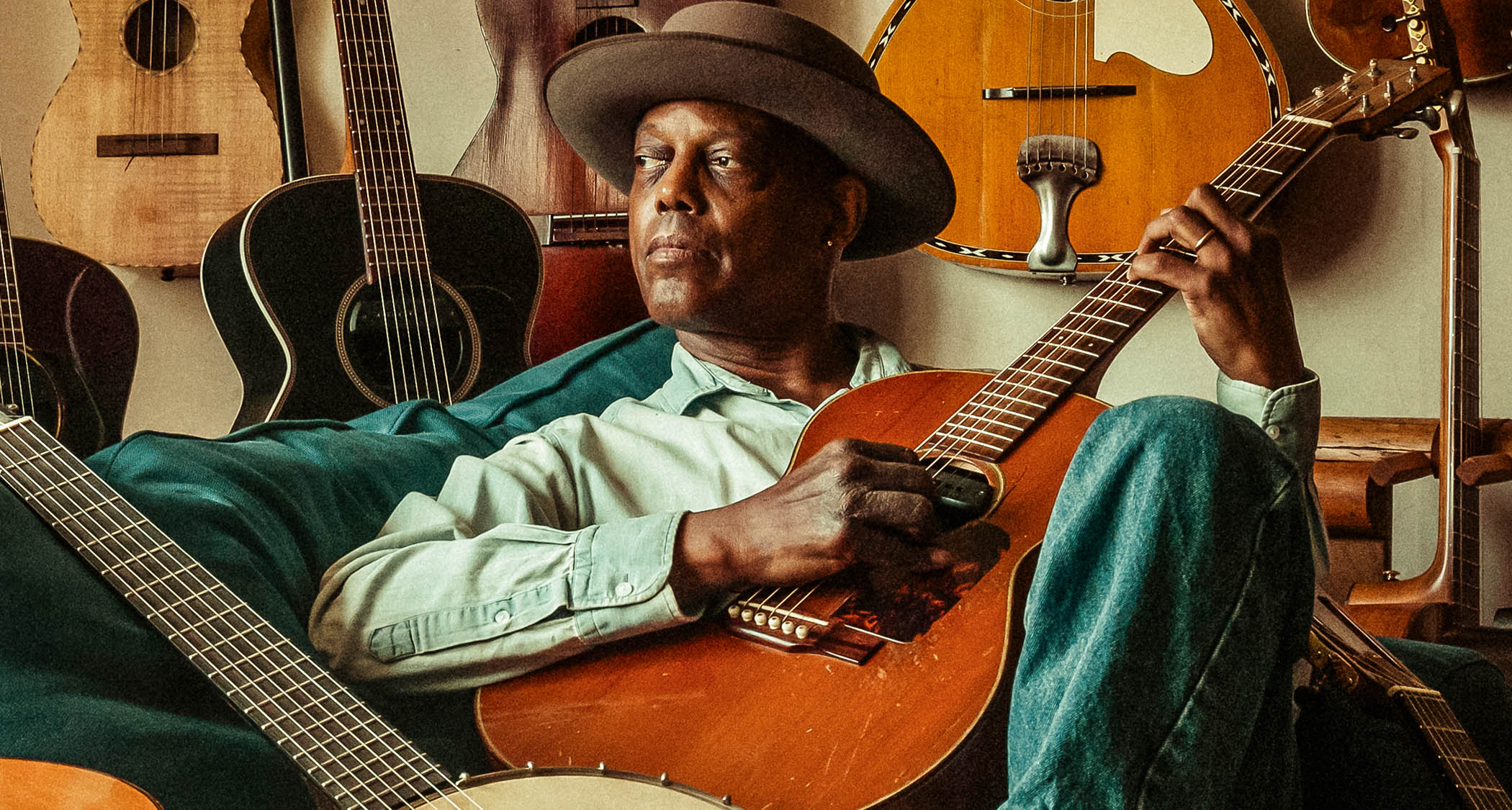
As a young man, Eric Bibb found himself immersed in the burgeoning folk scene of New York. His father, Leon Bibb, a renowned activist in the 1960s Civil Rights Movement, entertained house guests that included Bob Dylan, Joan Baez and Pete Seeger, and their influence doubtless went on to help crystallise Eric’s own musical direction.
Eric found a home in the blues genre and, with five decades of relentless touring behind him, his new album, In The Real World, presents itself as something intensely personal.
“Maybe it’s an age thing,” he says, “but I think you get to a point where you realise, ‘My goodness, I’ve actually traipsed over many a mile…’ and you start reflecting on that journey because it’s suddenly amazing that it’s been that long.
“I realised that, in that reflective mode, I’m starting to touch base with a lot of my early influences and the things that have become an ingredient in my gumbo, you know? So I just feel like, both thematically and musically, this record is a kind of a self-portrait.”
What exactly were the influences you drew upon?
“Well, let’s start with the music. Everything from early African American songs like John Henry and Midnight Special and later work songs. Early soul music from the early ’60s that grew out of the wonderful gift of Sam Cooke and the whole church secular get-together singers, and folk singers and songwriters like Joni Mitchell, Dylan and Odetta.
“Those people were influences, not to mention, musically speaking, that jazz was an influence, too. It was part of the soundscape. So everything from gospel sounds to impressionistic music, like the music of [Gabriel] Fauré or [Maurice] Ravel. All of those were ingredients that influenced me in terms of melodies and that kind of thing.”
Was there anybody in particular who influenced you to pick up the guitar in the first place?
I had access – and not only sound-wise, but actually physical access – to fine guitars from a pretty early age. I was fascinated
“Well, my dad had a guitar at home. He was an amateur player who realised early on that his beautiful voice needed a beautiful guitar player, and he was not going to be that guitar player in time for his career. So he started hiring wonderful guitars. So around my home, not only was there a wonderful little Italian-made guitar, there were also the instruments of my father’s accompanists around when they were rehearsing at home.
“I had access – and not only sound-wise, but actually physical access – to fine guitars from a pretty early age. I was fascinated, and by the age of seven I was starting to take lessons.”
Out of all those influences, it’s the blues that has remained a constant factor in your own music.
“It has emerged to be so, but I don’t think it was a plan. I don’t think it was a given. The blues was always in the mix. What’s interesting is how, not only is it in the mix, but as you say, it’s become, unconsciously but then consciously, the foundation of my music making, even my songwriting. It’s taken a place that certainly feels good, but it’s become a dominant influence in what I’m doing in some way or another, subtle or not subtle.”
What was the thinking behind recording the album at Peter Gabriel’s Real World Studios?
“Well, we really wanted to make a statement. We really wanted to let people know that what we’re doing is work that we feel is important, and that it deserves the best circumstances for producing the music available, within some kind of reason.
“And we also realised that there is this whole competitive business of music making and selling your music – and getting promotion has everything to do with who notices you. You have to kind of wave all kinds of flags to get noticed. Your music is not enough. You have to have all kinds of other activities going on around that lets people know that the music even exists.
“So being able to not only have the advantage of a wonderfully equipped and wonderfully run studio, we also wanted a studio that was going to suit us musically. Really, what you want is to create something beyond the music – a buzz, if you will – so that part of it was driven by our artistic needs and sharing artistic vision with a guy like Peter Gabriel, but also had to do with making a big noise about it.”
One of the things about the album that really shines out is the arrangements, and this was something you did with Glen Scott, your producer. Can you tell us how that collaboration works out in practical terms?
“Glen and I have been working together very closely on my albums for more than 20 years. And we are prolific, as they say, meaning that we produce quite a few records in a short time. We’ve become so familiar with the collaborative process that it’s beyond thought; it’s almost telepathic in some ways.
“Glen is an arranger who really understands what I want to say and what the song says. He really serves the song sonically and he’s so diverse and informed [with] so many genres at his command.
“His ability to accent one or another of the influences that you’ll hear in a particular song is just, for me, genius. He’s somebody who knows how to frame my work and create the kind of excitement in the arrangement that keeps listeners aware that there’s a story being told.”
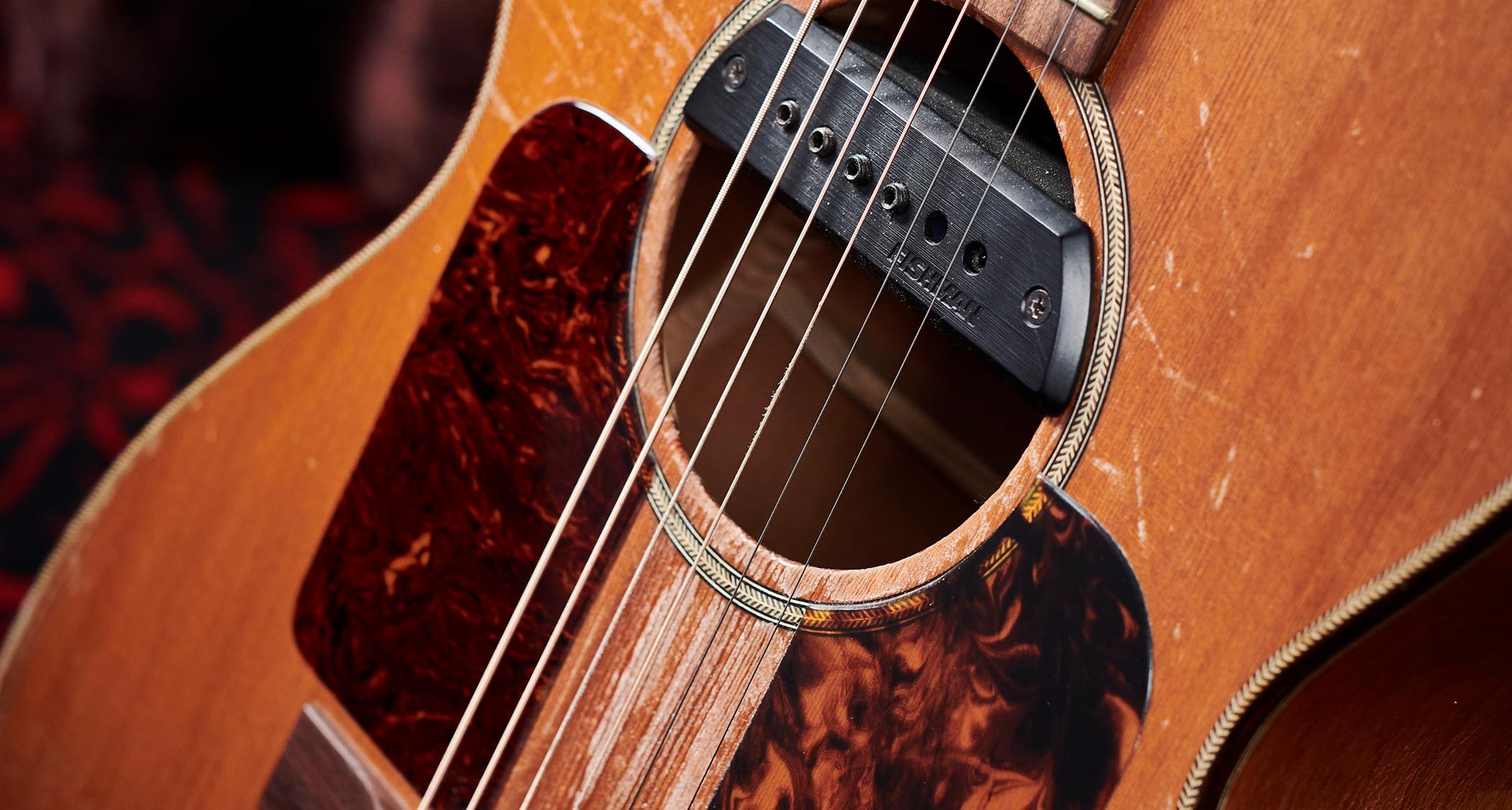
Glen is also a multi-instrumentalist, isn’t he?
“You know, you have a person who not only has a command of different genres but also several instruments, and not only several instruments but several styles involved with all of these different instruments.
“It’s an amazing array of information that he has available. I mean, I could go on and on, but it starts to get nerdy. Glen’s skills together with what I write and sing and play is just a marriage made in heaven. It’s been wonderful and it just gets more and more enjoyable making music together.”
Where does an arrangement begin?
“It’ll start with Glen hearing the song and with him framing the groove that the song is in. First the percussion and the bass, you know, and Glen plays all of that himself. So it begins from there and then it just seems to flower. And, finally, we reach a point where that’s it. We kind of both intuitively feel like it needs no more. Maybe it even needs less. Then comes a final mix – there you have something you hope you’re going to be happy listening to 10 years down the road.”
Robbie McIntosh plays lead guitar on many of the tracks on In The Real World.
“The combination of having Glen as a producer and a side-person like Robbie McIntosh is heaven. He is a heavenly guitar player and a great guy to be around – so humble for his amazing talent and sensitivity. I would play with Robbie any day, every day. We’ve done some gigs with him, and it’s always wonderful to play with him. We’ll definitely try to be together at some of the [forthcoming] UK gigs.”
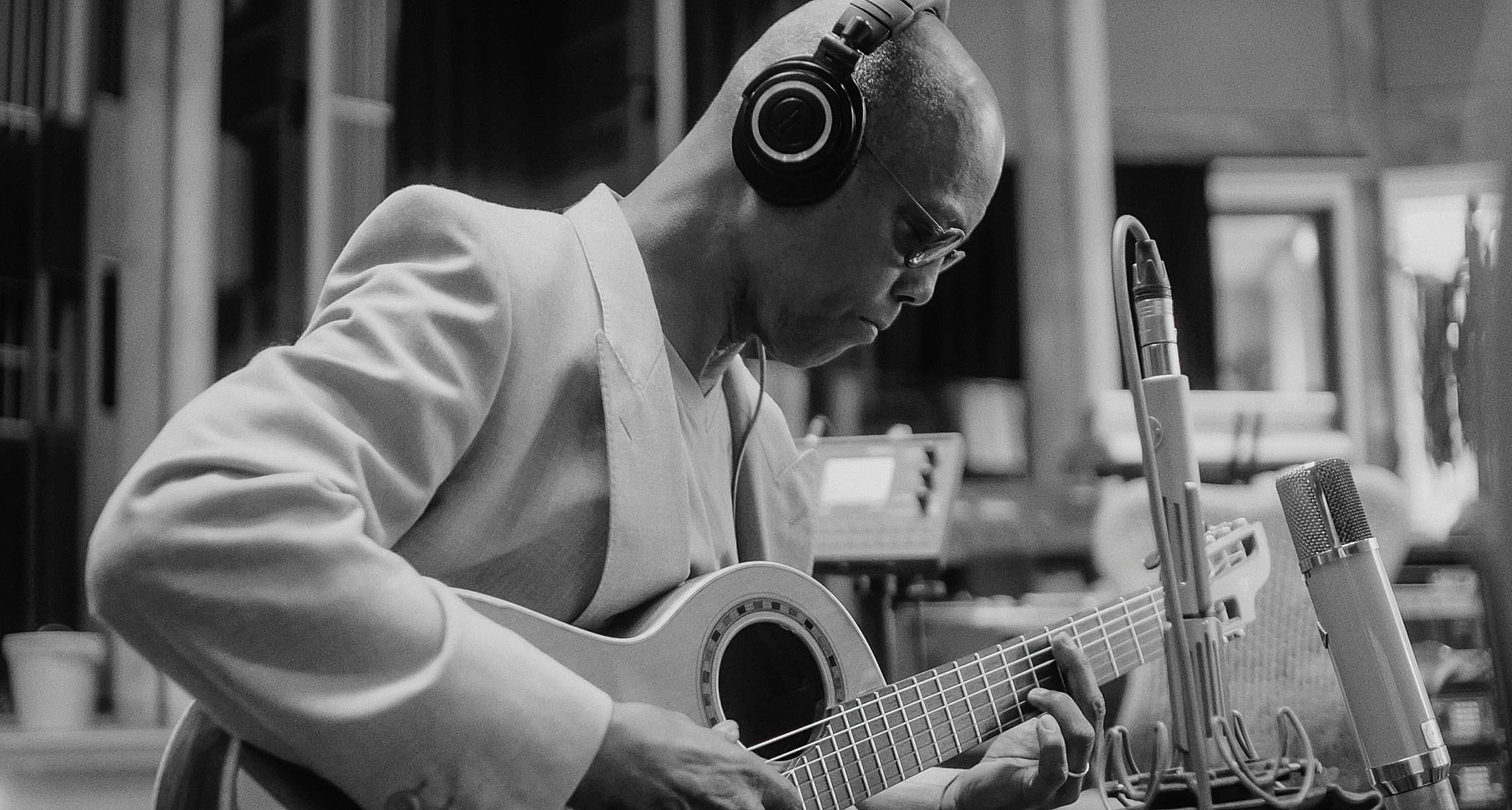
Which guitars did you bring into the studio with you?
“One that you’ll see often in the videos, a guitar I really leaned on was made by a luthier named Juha Lottonen. It’s the guitar that has pickguards above and below the soundhole. It’s wonderfully warm and funky, one of my go-to guitars.
“Another guitar was made by Larson Brothers, which is a brand once famous because of the two Swedish immigrants who went to New York and created great guitars, but their logo got sold to a company in Germany who uses that original Larson Brothers logo. The luthier who made this all-mahogany guitar is Maurice DuPont. He makes a lot of Maccaferri-type Gypsy jazz guitars, but this is a flat-top, a great guitar.
“What else did I use? A Bulgarian guitar that’s just amazing – it has a big, kind of oversized bout with a second soundhole. A great guitar that I don’t tour with, but record with when I can.”
How do you amplify your guitars when you play live?
“You know, ever since I started touring with these wonderful guitars, I’ve been using soundhole pickups made by Fishman called Blackstack pickups. They’re passive, which is great. You don’t have to fool around with batteries, which I’ve always found really annoying on tour to keep checking all of that. They’re dependable and have a magnetic sound that I like.
“I run it through a Roland Jazz Chorus amplifier. I split the signal between a DI and then combine that with the microphoned amplifier. That’s the kind of liquidy sound I like. When Roger Bucknall [of Fylde Guitars] first started making these wonderful guitars that I play, it seemed to really work well with them. A kind of amplified acoustic guitar sound that’s as close to an acoustic guitar sound as possible.”
Alternatively, in the studio it all comes down to sensitive mic’ing combined with good production.
“You’re not wrong. It starts there, of course, and then it goes through the whole process. And Glen is a technician – an audio technician extraordinaire – as well, which means that he’s with the process from beginning to end. And he’s a stickler, you know? He’s forensic. Many people comment on the sound quality of the album. I mean, it’s multi-dimensional. And it doesn’t come that way by coincidence or luck; it’s really down to somebody who really has a lot of experience.
“I’m in a position as an artist that is so longed for in my circles, you know? And I’m there. I have a situation where I can make music with somebody without it being full of friction or complicated. I haven’t always had it; I’ve struggled, like everybody does, to try to get that balance between creative freedom and commercial accessibility and all of that. So, yeah, you’re looking at a happy camper.”
Do you still enjoy touring?
“That’s a great question. The emphatic answer is ‘mostly, no’. Let’s keep it real. I enjoy travelling sometimes and I enjoy playing almost always. It’s a question of having done it intensely for decades. The older I get, [the more] I’m finding my comfort level is reduced as I haul guitars around the world. Where it didn’t really bother me [before] to the extent that it would today, lugging three guitars around and changing hotels every night is no longer that attractive.
“It was necessary – and it was even enjoyable, to an extent – for a long time, when you’re trying to get on the map and trying to let people know that you’re out there. But having come past that point, I have to really start thinking about, ‘Do I really want to do it like this for the next 10 years?’ And I don’t.
“So travelling to favourite venues, meeting bands, wherever I have them, on those kind of limited terms is what’s attractive to me. I don’t want to stop performing because I love it, and travelling can be wonderful. It’s just a question of degrees.”
Have you tried any of the new material out in front of a live audience yet?
“I have but not that much. It’s been very limited because the album is really quite fresh. And usually, if I’m touring – and I was very busy last summer – I don’t really have time to put new material into the book in the same way that I would if I had a long period of hiatus.
“But I’m looking forward to it because this album, more than others of recent issue, is really centred around my guitar, meaning it needs to be prominent in the mix. Meaning that the tune can be borne along with my guitar alone. And that’s always been my goal. I’m that troubadour kind of guy, I want to be a self-accompanying singer.”
- In the Real World is out now via Stony Plain.


